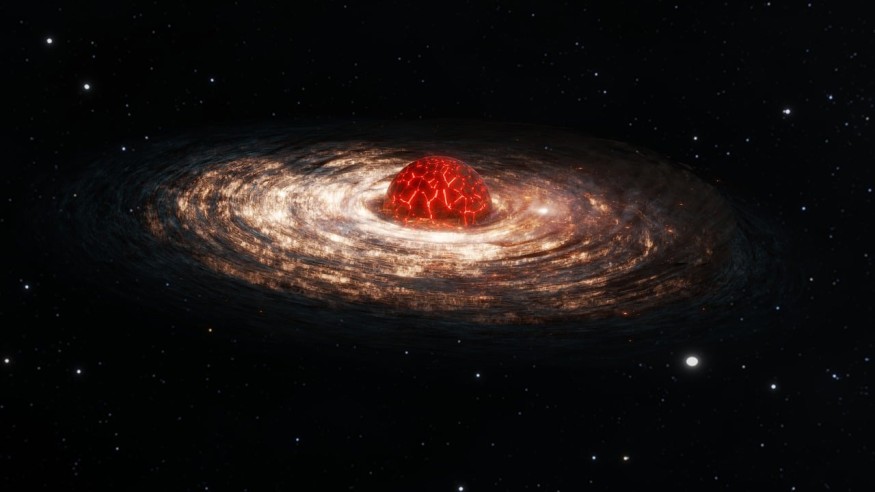Recent astrophysical discoveries have revealed that "nuclear pasta" formations within neutron stars penetrate deep into their cores, potentially revolutionizing our comprehension of these celestial remnants.

Nuclear Pasta in Neutron Stars
Neutron stars are remnants of massive stars packed with immense material into a small space due to extreme compression, breaking atomic and nuclear bonds. They become giant hot conglomerates of free neutrons, electrons, and protons held together by strong nuclear forces.
Despite this, the composition of neutron stars remains unclear. One theory suggests a hybrid structure with neutron-rich outer layers and some electrons and protons. Yet, at their cores, intense pressures and densities might cause neutrons to break down into quarks, forming a dense semi-liquid.
The configuration of the quark core and neutron outer layer influences a neutron star's fundamental properties, including its rotation, response to crust fractures, and behavior in events like kilonovas. Neutron stars with distinct core-outer layer boundaries exhibit distinct behaviors compared to those with more gradual transitions.
Current understanding of these interior structures relies on theoretical models due to the absence of nearby neutron stars for direct investigation.
Two theoretical physicists tackled the challenge of understanding the transition zone between quark cores and neutron outer layers in neutron stars. In their non peer reviewed paper on arXiv, they examined the complex behavior of nuclear pasta in this zone, where compact clumps of neutrons interact with quarks, creating a variety of intricate shapes due to strong nuclear and electromagnetic forces.
These shapes include clumps, tubes, rods, and bubbles, reminiscent of pasta found in Italian cuisine, given that this "nuclear pasta" is immersed in a hot quark bath. At greater depths, the pressure becomes too extreme, causing the pasta structures to break down into a quark-dominated environment. This research sheds light on the fascinating interplay within neutron stars' interiors.
READ ALSO : Neutron Stars Have Tiny Mountains That Are No More Than Millimeters Tall, Study Suggests
Curvature Tensions Enable Nuclear Pasta To Reach Quark Core
Researchers also investigated the role of curvature tension, akin to surface tension in liquids, in determining the stability of pasta-like shapes within neutron stars' transition zones. They discovered that curvature tensions can support certain shapes, allowing them to extend deeper into the quark core, while discouraging others.
Notably, tubes and bubbles can persist at higher densities than previously assumed, thanks to curvature tension, whereas drops and rods have shorter lifespans within this environment. This insight sheds light on the structural dynamics within neutron stars and how different pasta shapes are influenced by physical forces.
Small variations in the interior structures of neutron stars, particularly the depths to which neutrons penetrate and the shapes they form, can have significant implications. These differences influence the outcomes of kilonova explosions when neutron stars collide, affecting their capacity to generate heavier elements on the periodic table.
Therefore, understanding the neutron star interiors is crucial for comprehending the dynamics of these explosions. The researchers aim to further explore this concept, particularly how kilonova events can be utilized to unveil the intricate structures within neutron stars, including the various neutron shapes that exist.
RELATED ARTICLE:
Neutron Stars Structure Resembles Chocolate Pralines, With Stiff Mantle and Soft Core [Study]
Check out more news and information on Space in Science Times.












